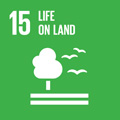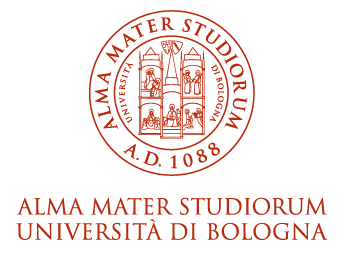- Docente: Annalisa Tassoni
- Credits: 6
- SSD: BIO/01
- Language: Italian
- Teaching Mode: Traditional lectures
- Campus: Bologna
- Corso: First cycle degree programme (L) in Natural Sciences (cod. 5823)
-
from Feb 26, 2024 to May 20, 2024
Learning outcomes
At the end of the module, the student has basic knowledge on plant cytology, histology and organography and on the principles of plant physiology. In particular, the student is able to recognize the cytological and anatomical structures and the morphology of plants.
Course contents
Cytology - Life origins. Prokaryotic and eukaryotic organisms. Cell structure of prokaryotics. Eubacteria and cyanobacteria. Cell structure of eukaryotic organisms. The plant cell. Plant cell wall chemical structure (cellulose, hemicellulose, pectic substances and glycoproteins). Primary and secondary cell wall; modifications of the secondary cell wall. Primary and secondary metabolism. Vacuole: structure, formation, differentiation and functions. Plastids. Chloroplast structure. Chemical structure and functions of starch. Leucoplasts and chromoplasts. Theories on the origin of plastids.
Morphological organization of plants - Outline of sistematics in plants. Photoautotrophy and chemioautotrophy. Autotrophy and heretrotrophy.
Histology – Primary and secondary meristems. Parenchyma. Epidermal tissues (stomata and tricomes). Mechanical tissues (collenchyma and schlerenchyma). Transport tissues (xylem and phloem). Secretory cells and tissues. Vascular bundles
Anatomy – Morphology and anatomy of the stem, root and leaf. Primary and secondary structures. Structure of wood. Structure of Spermatophytes (Gymosperm and Angiosperm both Monocots and Dicots). Flower, fruit and plant reproduction.
Elements of Plant Physiology - Photosynthesis: pigments, light and dark phase. C3, C4 and CAM plants. Photorespiration. Mineral nutrition. Nitrogen metabolism and cycle. Plant hormones: general knowledge on auxins, cytokinins, gibberellins, abscissic acid, ethylene.
Readings/Bibliography
Textbooks:
Botany. Mauseth J.D., 4th Ed., Idelson-Gnocchi
Atlas for recognition of plant structures: Struttura delle piante in immagini, by Speranza A., Calzoni G.L., Zanichelli, 1996
Optional to view videos of some laboratory experiences online:
Fondamenti di Botanica Generale - Teoria e pratica di laboratorio
by Pancaldi, S. et al., 2nd Ed, McGraw-Hill
Ppt presentations of the lessons downloadable from the Virtuale platform.Teaching methods
Lectures and practicals (highly recommended) with the use of microscope.
See teacher website for practicals calendar and details.
The theoretical and practical teaching activities will take place regularly in the presence / mixed mode for all students compatibly with the University health conditions and with the regulations in force.
Assessment methods
Oral examination with recognition of sections of plant organs on the basis of laboratory activities and of explanations during the lectures; following questions on the entire program developed during the course.
The use of notes, electronic tools or textbooks is not allowed during the entire exam.
Teaching tools
Videoprojector, PC, microscopes, on-line classes, power point files of each lecture in the Virtuale website.
Office hours
See the website of Annalisa Tassoni
SDGs

This teaching activity contributes to the achievement of the Sustainable Development Goals of the UN 2030 Agenda.
